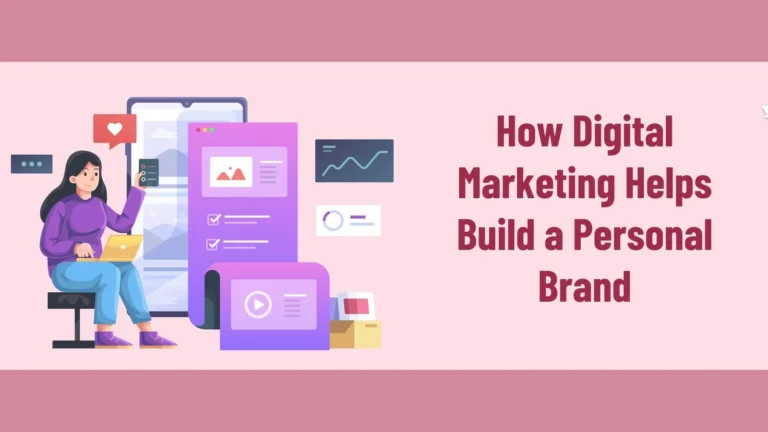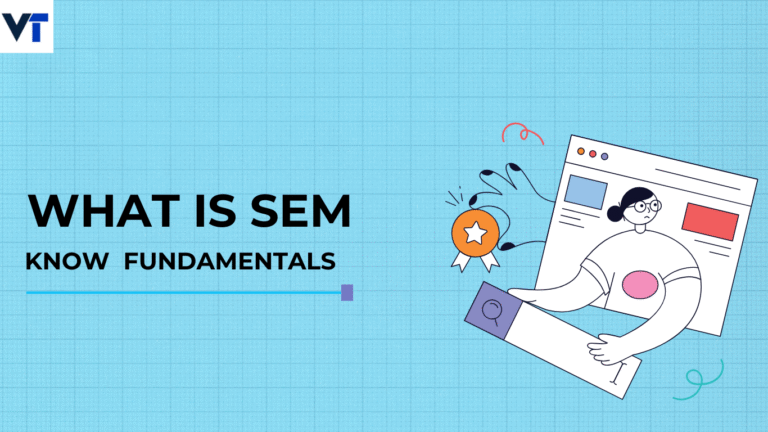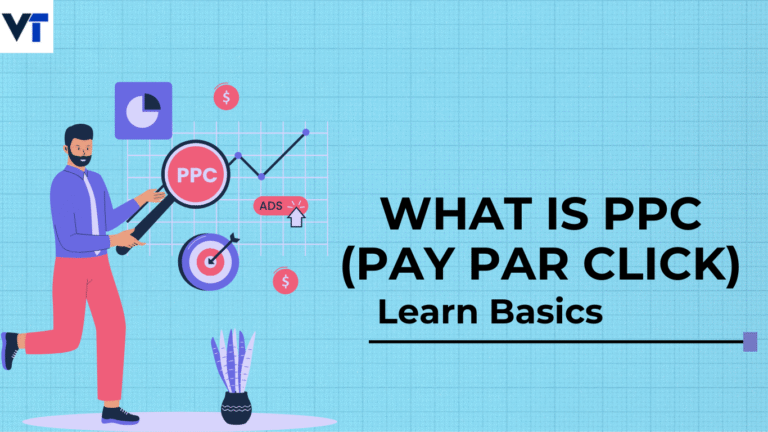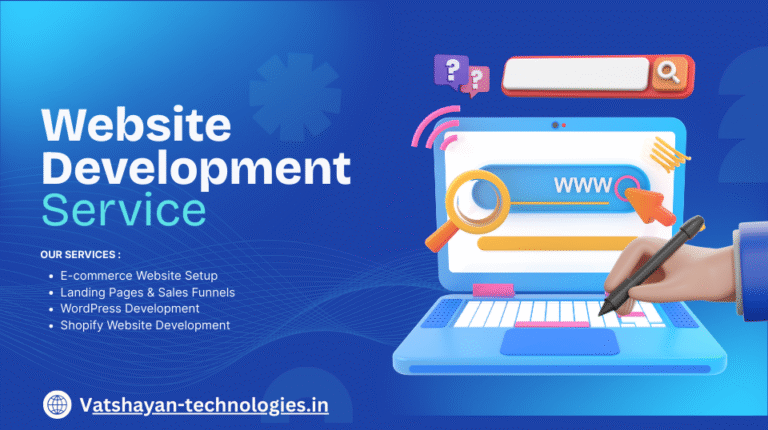WordPress Development in 2025: Complete Beginner’s Roadmap
If you’re thinking about starting your journey as a WordPress developer in 2025, you’re stepping into one of the most exciting and profitable fields in web development. WordPress powers more than 43% of websites globally, making it the world’s most widely used Content Management System (CMS).
From personal blogs to eCommerce giants, businesses trust WordPress because it’s flexible, scalable, and beginner-friendly. But as a developer, you need more than just installing themes and plugins — you need to understand how WordPress works from the inside out.
This guide will give you a step-by-step roadmap for beginners in 2025 — from learning basic skills to becoming a professional WordPress developer ready for freelancing, jobs, or building your own digital products.
1. Start with the Basics of WordPress
Before writing a single line of code, you should understand how WordPress functions.
- WordPress.org vs WordPress.com → Learn the difference (self-hosted vs hosted)
- Themes → Control how the website looks
- Plugins → Extend website functionality
- Dashboard → The control center for managing content
- Pages vs Posts → Static content vs blog/news updates
- Widgets & Menus → Navigation and sidebar elements

2. Build a Strong Foundation in Web Development
A WordPress developer isn’t just someone who installs plugins. You need real coding skills. Here are the must-learn technologies:
- HTML5 → Learn how to structure a webpage.
- CSS3 → Create attractive layouts, typography, and responsive designs.
- JavaScript (ES6+) → Add interactivity like sliders, popups, and animations.
- PHP → The core scripting language behind WordPress.
- MySQL → Learn how databases store posts, users, and settings.

- Code Editor → Visual Studio Code
- Version Control → Git & GitHub
- Browser Tools → Chrome DevTools for debugging

3. Understand WordPress Core Concepts
Now that you know the basics, it’s time to understand how WordPress works internally.
- Theme Development → Learn to build custom themes from scratch instead of relying only on pre-made ones.
- Plugin Development → Write your own plugins to extend WordPress functionality.
- Template Hierarchy → Learn how WordPress decides which file to load (single.php, archive.php, index.php, etc.).
- Hooks & Filters → The backbone of customization. Hooks allow you to “hook into” WordPress events, while filters let you modify data.
- WP_Query → Fetch posts and display them dynamically.

4. Master the Block Editor (Gutenberg) & Page Builders
In 2025, the Gutenberg Block Editor is the future of WordPress. It allows full site editing with blocks.
- Learn how to create custom Gutenberg blocks.
- Understand Full Site Editing (FSE) and global styles.
- Experiment with block patterns for reusability.
- Use page builders like Elementor, Bricks, and Divi for client projects where speed matters.

5. Learn APIs & Headless WordPress
Web development in 2025 is not limited to traditional websites. Many companies use headless WordPress for modern applications.
- REST API → Fetch data from WordPress and use it anywhere.
- GraphQL → Alternative to REST, faster for large projects.
- Headless CMS → Use WordPress only as backend while frontend runs on React, Vue, or Next.js.

6. Security & Performance Optimization
As a WordPress developer, you must deliver secure and fast websites.
Security Best Practices:
- Use SSL Certificates for HTTPS.
- Install plugins like Wordfence or iThemes Security.
- Limit login attempts & use strong passwords.
- Keep WordPress, themes, and plugins updated.
Performance Optimization:
- Enable caching (WP Rocket, W3 Total Cache).
- Use a Content Delivery Network (CDN) like Cloudflare.
- Optimize images with plugins like Smush or ShortPixel.
- Enable lazy loading for images & iframes.

7. Learn Deployment, Hosting & Maintenance
Building a website is just the start. You also need to know how to deploy and maintain websites.
- Choose reliable hosting: SiteGround, Bluehost, Hostinger, Cloudways.
- Learn FTP, cPanel, and File Manager for file management.
- Deploy projects using GitHub, GitLab, or Bitbucket with CI/CD.
- Understand website backups, migration, and staging environments.

8. WordPress Career Opportunities in 2025
WordPress skills open multiple career paths:
- Freelancing – Work on platforms like Fiverr, Upwork, Freelancer.
- Remote Jobs – Join companies as a full-time developer.
- Agency Work – Build websites for local or international clients.
- Product Development – Create and sell your own plugins/themes.
- Teaching & Blogging – Share knowledge and earn via courses or blogs.

9. Stay Updated & Keep Learning
WordPress is constantly evolving. To remain relevant:
- Follow WPBeginner, WP Tavern, and Smashing Magazine.
- Join WordPress Slack communities & Reddit groups.
- Attend WordCamps & online webinars.
- Keep learning new tools like Tailwind CSS, React, and AI integrations.







